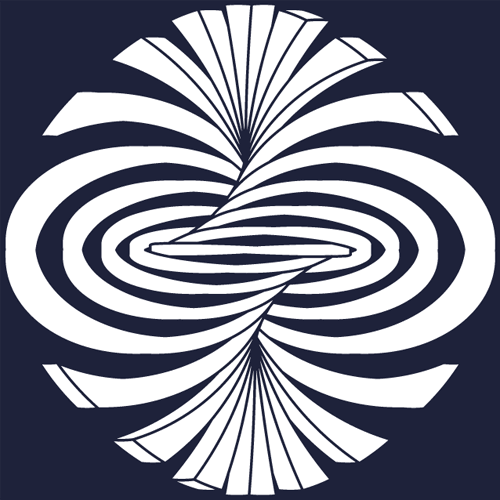Lie group framing is a reference to the group action. A Lie group $G$ acts on the left of $G$ by the map
$$(g,h) \longmapsto gh.$$
Similarly there are actions on the right, and conjugation actions, etc. The left-invariant vector fields on $G$ correspond to the elements of $T_e G$. So any basis for $T_e G$ extends to a unique left-invariant framing of the tangent bundle $TG$.
So for example, the $3$-sphere has left-invariant vector fields
$$S^3 \ni g \longmapsto (g,gv) \in TS^3$$
where $v \in T_1 S^3$, i.e. $v$ is orthogonal to $1 \in \mathbb R$ as a vector in $\mathbb R^4$, and we are using quaternionic multiplication.
This gives the framing of $TS^3$,
$$S^3 \ni g \longmapsto (g, gi, gj, gk) \in FS^3.$$
$FS^3$ is the frame bundle to $TS^3$, i.e. it consists of a point $g \in S^3$ together with three linearly independent vectors in $T_g S^3$.
You can visualize this framing in terms of the Hopf fibration.

The first vector field $(g,gi)$ is tangent to the fibers of the Hopf
fibration, and the other two are normal to the fibration, where the normal vector fields wind about the fibers.
I think if you use right multiplication instead of left multiplication for all the definitions you get the opposite twisting of the normal vector fields.

